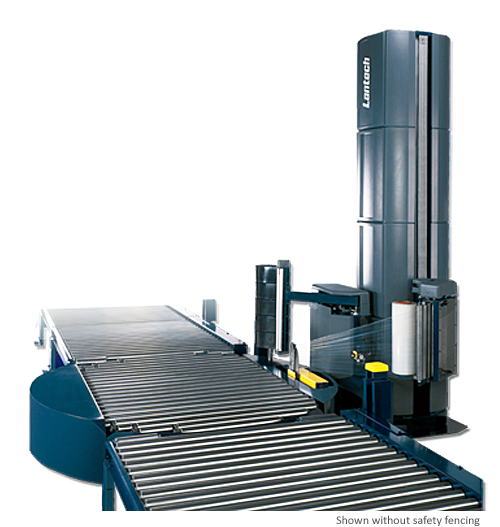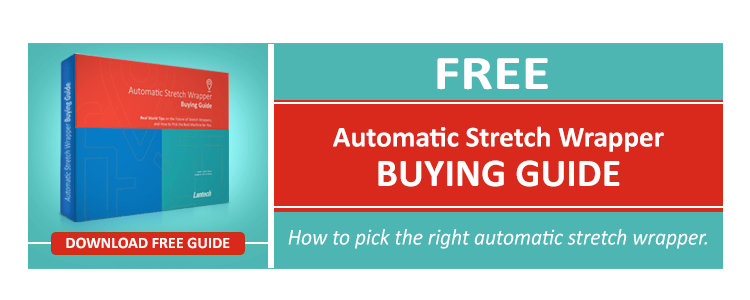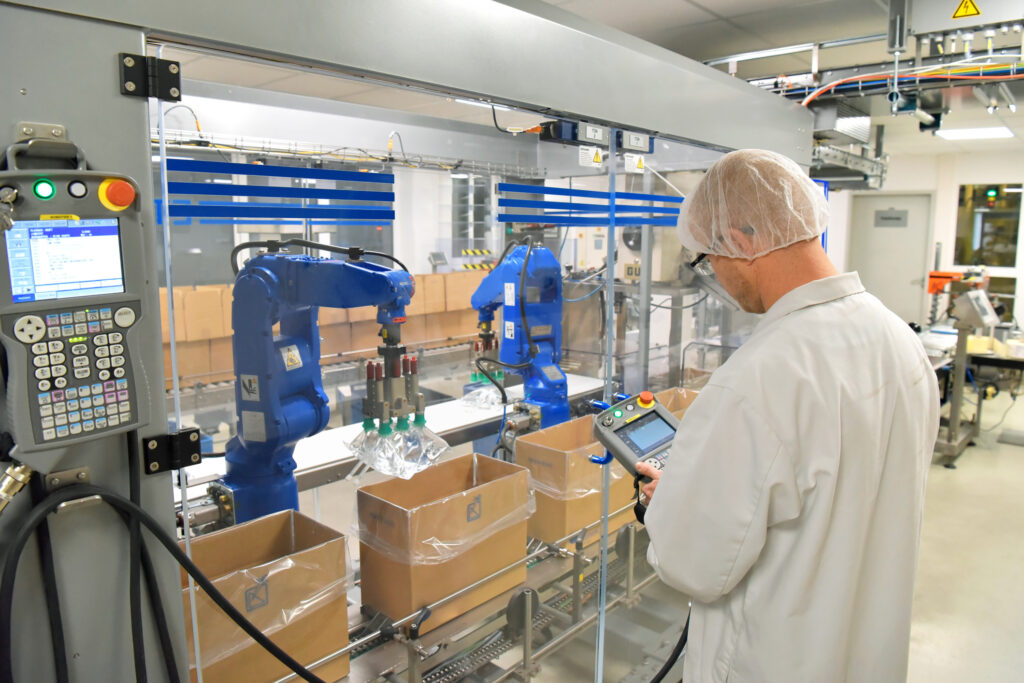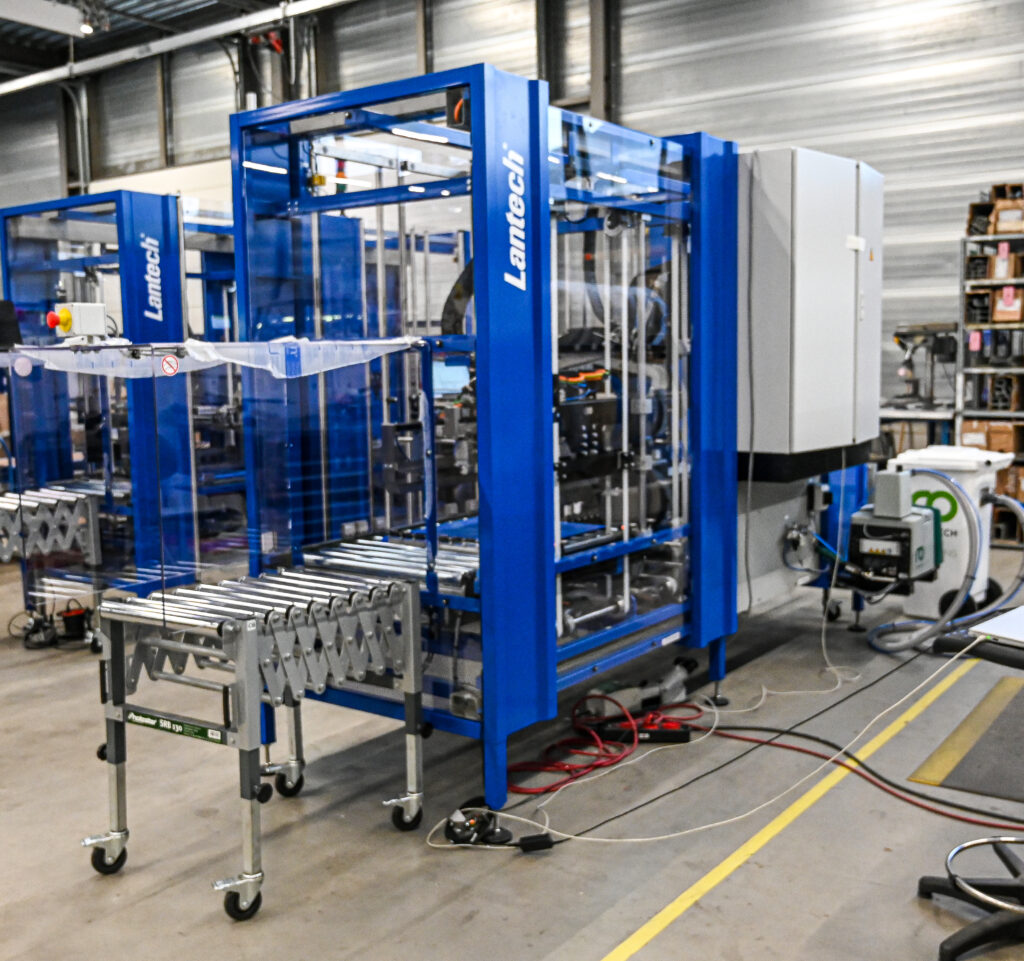More than just throughput
Why does it sometimes make sense to use an automatic wrapper even if the application isn’t high speed?
 Improve quality – automatic wrappers are now available with AI (artificial intelligence) that determines a load type and configuration and automatically adjusts its wrap pattern to wrap the load with the appropriate containment force – not just the preset configuration. That means that every load is properly wrapped – rather than wrapped to an average.
Improve quality – automatic wrappers are now available with AI (artificial intelligence) that determines a load type and configuration and automatically adjusts its wrap pattern to wrap the load with the appropriate containment force – not just the preset configuration. That means that every load is properly wrapped – rather than wrapped to an average.- Data collection – data driven manufacturing is increasingly important. So monitoring efficiency for OEE (operational equipment effectiveness) improvement, tracking film breaks and film usage, plotting changes in throughput and even tracking wrapping optimization for use later in contesting freight claims are examples of opportunities unlocked through data collection. Automatic machines with late model controls facilitate this type of collection.
- Integration with warehouse management systems and other IT systems – many applications require capturing load component information to associate it with BoLs (bills of lading), shipping labels and other documentation. They may even incorporate load weighing for accurate manifests and comparing actual vs. calculated weight for missing components. When done by hand this process is rife with opportunity for error, but by integrating with the WMS, an automatic wrapper provides a controlled environment for labeling and validating.
- Streamlining warehouse operations – you’ve already wondered about potential labor savings, but having a simple, linear wrapping process can dramatically reduce the chaos and inefficiency that often results as multiple operators jockey for semi-automatic pallet wrapper position.
- Free up floor space – one automatic turntable can handle the capacity of three or four turntable semi-automatics in approximately 30% to 40% of the space. An automatic also can accumulate multiple loads on its conveyor sections before it has to be unloaded, giving the operator more flexibility and improving operating efficiency,
These are examples of requirements and conditions which benefit from an automatic wrapper – even when the required output speed is modest.
You may be interested in these posts related to semi-automatic stretch wrapping:
- How Semi-Automatic Stretch Wrappers Can Slash Labor Costs
- What Are the Biggest Mistakes (Or Most Overlooked Things) When Budgeting for an Automatic Stretch Wrapper?
- Which Semi-Automatic Stretch Wrapper Should I Buy?
This post was published on October 31, 2016 and updated on September 13, 2017.
October 31, 2016







